Repair is necessary for any room, be it an apartment, a country house, or an office. Each of us strives to make our home cozy, comfortable and safe. Repair or decoration is a complex and multi-stage process, and one of its most important components is wall decoration or the construction of interior partitions.
It happens that the surface of the walls is far from ideal. In old houses, this can be numerous defects, potholes or cracks; in new houses, this is most often a violation of geometry, when vertical or horizontal deviations can reach ten centimeters or more. It is not easy to hang a picture on such a wall, and even installing furniture close to it will be inconvenient.
Therefore, after all the rough work, we measure the walls, evaluate their curvature, and choose exactly how it would be better to align them.
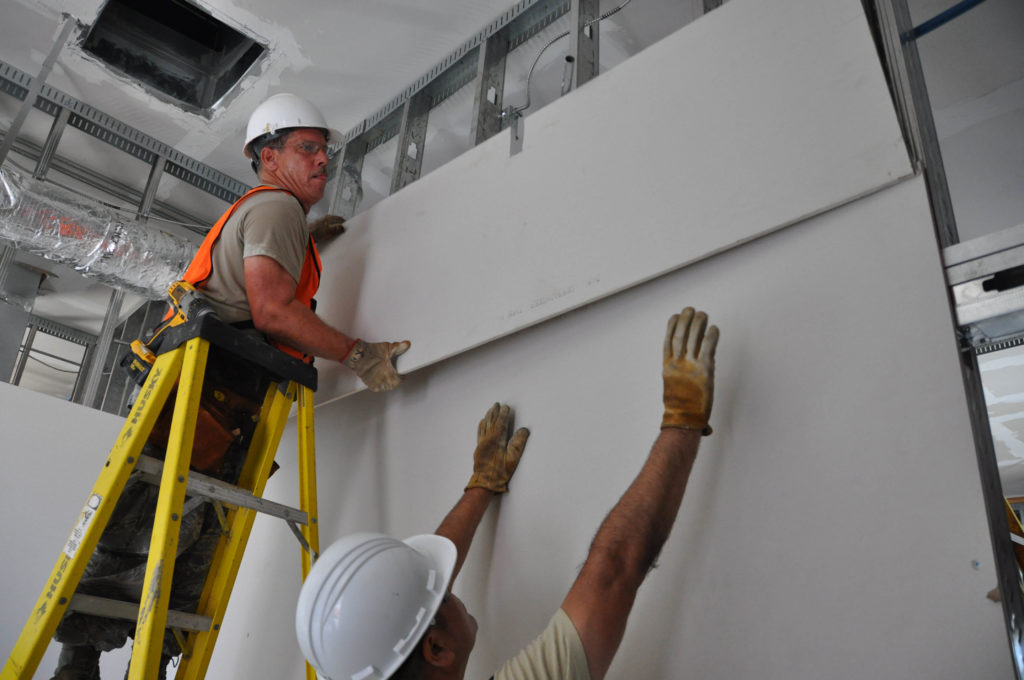
One of the most popular ways to level walls or create interior partitions is plasterboard finishing.
Content
Scope of gypsum board
Drywall (commonly abbreviated as GKL) is a building material in the form of a sheet, the outer part of which is building paper or cardboard, and the core is specially prepared gypsum.
Invented and patented in the USA in the middle of the 19th century.
It is actively used in construction.
The two-water gypsum is loaded into the furnace, where the raw material is heated to a temperature of 150-180 ° C. As a result of heating, rehydration occurs, that is, the removal of excess water from the gypsum grains. The resulting substance is calcium sulfate hemihydrate and is the raw material for the future GCR. It is crushed, mixed with water and other additives, depending on the purpose of future products, and fed to the rolling rollers, where the thickness of the product and the shape of the edge are set. After hardening, the material is pasted over with cardboard, cut to the required dimensions, marked and sent for packaging.
Gypsum sheet is non-toxic, non-allergenic, resistant to mold and mildew. Easy to cut and handle.
Wall decoration
To level the surface of the walls, the material is glued to the surface using special glue or mastic, or screwed to a special crate.
Soundproofing
To reduce the noise level from adjacent rooms or from the street, GKL is glued or fixed in two layers, or used in combination with membrane fabrics, mineral wool or polyurethane foam.
Manufacturing of interior partitions
Drywall is an excellent solution for creating interior partitions. Ease of cutting and finishing allows you to reduce the time for the construction of structures.
Creation of niches and arches
With the help of gypsum cardboard, you can create structures of complex geometry, niches, built-in shelves, false columns or arches.
Ceiling decoration
GKL is often used for finishing ceilings. Using this material, you can create structures of any complexity, in particular, multi-level ceilings of different geometries, including those with curved surfaces.The cut material is wrapped with a damp cloth, and when the material absorbs water, the sheet can be bent, giving it the desired shape and fixed with self-tapping screws. When dry, it will retain its shape.
For ceilings, sheets with a thickness of no more than 9.5 mm are used. This is done to reduce the load on the crate.
A thickness of 12.5 mm is recommended for walls.
For the manufacture of arches, partitions and other structures of complex shapes, a 6.5 mm sheet is used.
What are the types of drywall
By area of application
For interior decoration
A standard sheet consisting of two layers of paper with a plaster of paris in the middle. The outer surface is gray. Used for interior work in rooms with normal humidity levels.
Moisture resistant
A special type of paper and chemical additives in the core filler, when moisture enters, prevent the material from expanding and deforming. Recommended for finishing rooms with high humidity, as well as for the manufacture of ceiling structures where there is a high probability of leakage from above or condensation.
Fire resistant (GKLO)
Unlike conventional and moisture resistant, it is treated with a fire retardant. Such processing allows the material to withstand exposure to open fire for up to 60 minutes.
Fire retardant is the general name for substances that prevent combustion. Manufacturers can use mixtures of different chemical compositions to achieve a refractory effect. In addition to processing with fire retardants, fire-resistant gypsum plaster contains crystallized water and clay, which reduce heating and prevent material deformation when exposed to open fire or high temperatures.
GKL with fire-retardant properties is used to decorate fireplace niches, in places where heating devices are installed. It can also be used for conventional installation, in its properties it is in no way inferior to the classical version, it is less prone to deformation.
GKLO is produced in the form of pink or red sheets.
Fireproof (GKLVO)
It combines the properties of the above two types of material. Sheets are green with blue markings. Different manufacturers have different markings and colors, so it is better to check these nuances with sales consultants before buying.
Acoustic
Perforated material designed for soundproofing rooms. It has been actively used since the mid-50s of the last century. Used in the decoration of recording studios, radio stations and other premises to reduce the overall noise level or remove unwanted echoes.
Reinforced
GKL with additional reinforcement in the composition of cardboard and additives in the gypsum core that increase the hardness. According to the hardness, the mass of the slab also increases, keep this in mind when constructing the lathing.
Laminated
A relatively new word in wall decoration. The front side of the slab is covered with decorative foam imitating wallpaper, wood, stone, Venetian plaster, etc. During installation, special fittings are used, which allows installation without self-tapping screws. The joints are not plastered, but closed with decorative corners or overlays. The fastest type of gypsum board to install due to the absence of the need for subsequent putty and plaster.
During installation, the gypsum board sheets are joined end-to-end. The joint must be sealed with putty and special mesh tape.
So that when finishing the joints do not stick out, the sheets are made with edges. The thickness of the product is reduced towards the edge, thus leaving room for the putty.
There are several types of edges:
- Direct (designated as PC) It is used for dry installation, i.e. without finishing, for example when finishing in several layers.
- Thinned on the front side (CC) requires reinforcement and filling the seam with putty.
- Front semicircular (PLC). Requires filling the seam with putty and reinforcement with serpyanka.
- Semicircular and refined on the front side (PLUK). Requires filling the seam with putty and reinforcement with serpyanka.
- The rounded edge (ZK) does not require reinforcement, it is enough to seal the joint with putty or mastic.
Accessories, components and additional materials for plasterboard wall cladding
When performing wall cladding work, additional materials will be needed, without which high-quality installation is simply impossible. Each of the manufacturers has technological maps, which indicate the fittings, recommended building mixtures and additional items such as a damper tape or a serpyanka.
- Metallic profile
If the sheets of plasterboard are not glued directly to the wall, they will be required for the construction of the lathing. Also used in the construction of partitions, arches and other complex structures. There are two types of profile, guide and rack. A rack is inserted into the guide profile, thus forming the skeleton of the structure.
The rack profile, in turn, is divided into ceiling (lighter and narrower), and wall. The wall profile must have a thickness of at least 0.6 mm, and a U-shaped geometry with stiffening ribs.
For the device of the ceiling lathing, it is allowed to use a profile with a thickness of 0.3 mm or 0.6 mm. A thin-walled profile greatly facilitates the design, but has a significant drawback - in a thin profile, self-tapping screws can scroll, which means that they do not completely sink into the thickness of the sheet, which will complicate the subsequent finishing.
In addition to the profile, a wide range of accessories is also produced in the form of profile connectors, suspensions.
- Damper tape.
Foamed polyurethane foam strip. During installation, it is laid between the profile and the wall, and in the places where the profile is attached to the floor and ceiling. This is done so that vibration from the floor and ceiling is not transmitted to sheets and metal profiles.
- Serpyanka.
Synthetic mesh tape for sealing seams, joints or joints between slabs and floors or ceilings. Sold in rolls of various widths and densities. Reinforcement with tape helps to avoid cracks at the joints of the sheets.
- Self-tapping screws.
Required for attaching a gypsum board sheet to a metal profile.
- Building mixtures for sealing bayonets and seams.
They are produced ready-made (packaged in buckets and ready to use), and dry for preparing a mixture on their own.
- Tools for the job.
The required minimum is as follows:
- Roulette.
- Pencil.
- Stationery knife.
- Bubble or laser level.
- Screwdriver and hammer drill.
- Spatulas for working with seams.
In addition to this list, we recommend metal scissors for cutting profiles, a cutter for connecting profiles without using self-tapping screws, and an edge plane for processing the ends of drywall sheets.
The best gypsum plasterboard manufacturers for 2020
The editors of the site "bestx.htgetrid.com/en/" have prepared for you a rating of the Best manufacturers of wall drywall for 2020. The review includes:
| Gifas | 227 r |
| Volma | 232 RUB |
| Gyproc | 239 r |
| LaFarge | 229 r |
| Knauf | 265 RUB |
The table shows the average price for a conventional gypsum board with a thickness of 12.5 mm.
Gifas
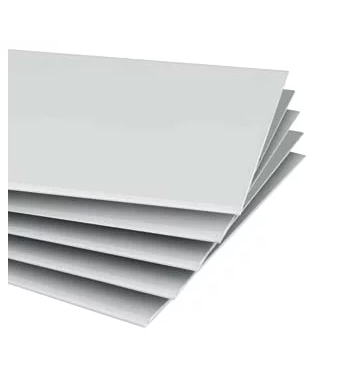
The fifth line of the rating is occupied by the Russian company "Gifas". The brand includes a large number of divisions. Initially, the company was engaged in the development and extraction of gypsum stone and quartz sands. After some time, the company's management decided to develop the production of dry building mixtures and gypsum plasterboards.
The range of the company includes all types of gypsum board sheets from ordinary to moisture resistant, and sheets with increased resistance to open flame.
Product dimensions and thickness are industry standard.
Advantages:
- Low price in comparison with European manufacturers.
Disadvantages:
- Great weight in comparison with brands of European and British manufacturers.
Volma
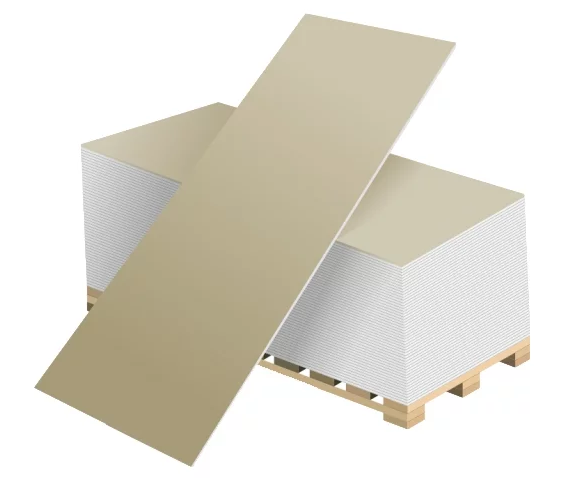
The fourth place is taken by the products of the Russian company "Volma". It is a holding with a long history dating back to the 40s of the last century. The Volgograd gypsum plant can be considered the founder of the entire structure of the company.In the 90s, the enterprise was privatized and continued its work and development, improving technologies and expanding the range of products. Currently, the company produces gypsum plasterboard sheets, building mixtures, self-leveling floors, metal profiles for plasterboard installation.
Advantages:
- Competitive price in comparison with European counterparts;
- A wide range of products.
Disadvantages:
- GKL sheets are heavier than those of competitors from Europe of similar dimensions and thickness;
- High rigidity of drywall.
Gyproc
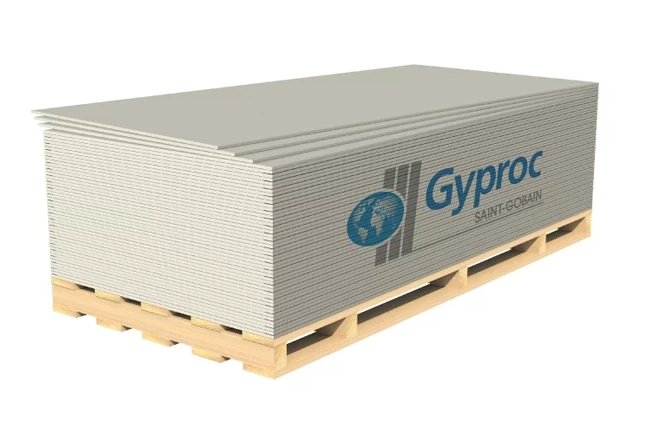
The third line of the rating is occupied by a manufacturer from France. The Gyproc brand is so popular that it has become a household name for gypsum boards in some regions. The factories of the company are located in Russia, this allows to reduce the price for the end user, reducing the cost of transportation and logistics.
Gyproc specializes in profiles and gypsum boards, the company does not produce dry mixes, deliberately narrowing the niche in order to focus on one segment. GKL Giprok is deservedly considered one of the best due to its high quality workmanship, environmental friendliness and ideal geometry.
Those who have transported drywall at least once know that standard sheets with dimensions of 2500x1200 mm are not included in typical elevators, as a result, they have to be lifted to the floor manually. Gyproc has taken care of this, and now there is a series of reduced dimensions 1950x1200 mm on sale. These sheets are included in a standard elevator car and are much easier to transport in tight stairwell spaces.
Advantages:
- Light weight;
- Perfect geometry;
- Reduced sheet size;
- Compliance with environmental standards.
Disadvantages:
- There is no acoustic gypsum board in the range.
LaFarge
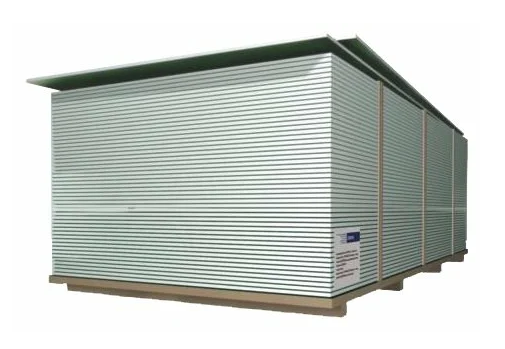
The second line of the review is occupied by the French brand LaFarge. The company has the largest number of factories in the world to reduce logistics costs. In Russia, the brand appeared relatively recently, and is actively trying to compete with other manufacturers in the niche of budget solutions for wall cladding.
Advantages:
- Reduced edges allow for less plaster consumption when grouting;
- All products of the company have certificates of conformity and are environmentally friendly;
- High precision in sheet making.
Disadvantages:
- Not identified.
Knauf
The first line of the rating is occupied by the European manufacturer Knauf. In Russia, the company's products are leading in terms of the number of sales and are always popular since they entered the market.
Knauf has certified factories in Russia. The company manufactures a full range of products for installation and decoration, gypsum board sheets, metal profiles and accessories, building mixtures, laminated gypsum boards.
Advantages:
- Wide range of products;
- Knauf GKL sheets have less weight in comparison with similar introductions of Russian manufacturers;
- Knauf gypsum boards have excellent flexibility combined with strength;
- All products of the company have certificates of conformity and are environmentally friendly.
Disadvantages:
- Not identified.
Tips for facing gypsum walls
- Strictly follow the installation technology, this will avoid problems in the form of cracks or deformation of the structure.
- Use material according to the type of room. For example, laminated gypsum board in a room with high humidity inevitably deforms over time from moisture.
- Don't skimp on fittings and profiles. Using a thin or unsuitable profile in the crate, you risk getting problems during installation and further operation of the structure.
If you have any experience with drywall walling or helpful tips, share them in the comments.












